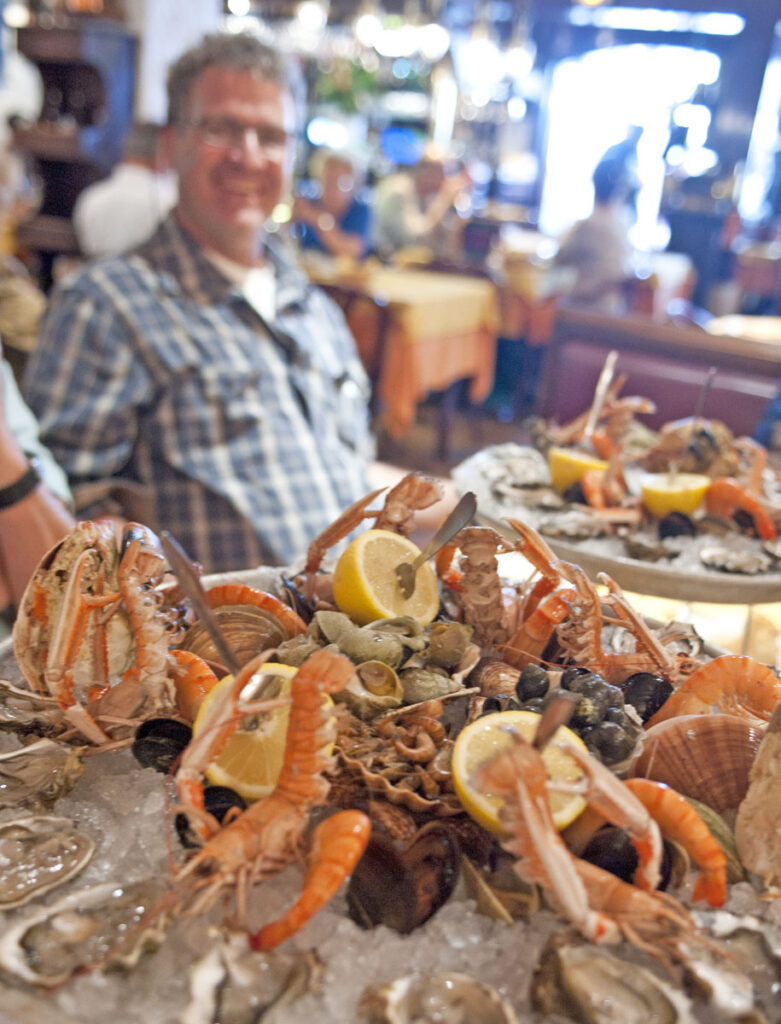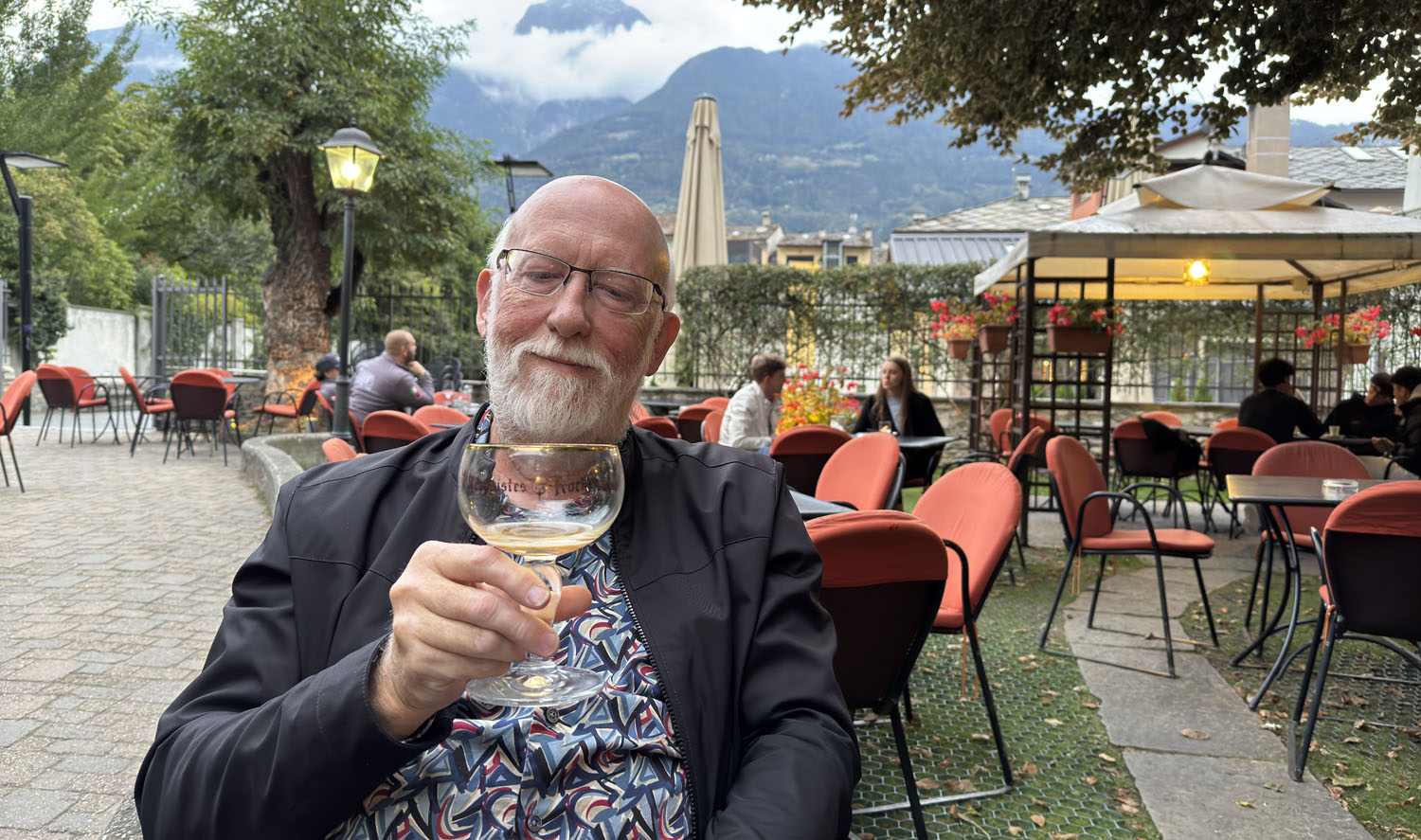This upcoming book took six years of mostly full-time effort to write and edit. It was transformative for me, and I hope the information in it will be for you as well. Here are some of my major takeaways about our amazing chemical senses and the ways they are processed in the brain.
1. Wow, there’s so much here!
I now understand why no one has written this book already; it’s an almost impossibly large body of research involving dozens of scientific disciplines. My guess is that I read five million words of scientific papers. It’s taken an incredible effort by researchers to get to where we are; every small step may require years of grinding work in the laboratory to obtain and verify a result. I’ve gained enormous respect and admiration for the people who make this happen.
2. So much is so new
Research into the chemical senses has been going on for a while, but has really accelerated in the last couple of decades as our understanding grows and new tools come online. Here’s just a few: tracing neural signals, identifying cell genetic types within tissues, magnetic resonance imaging, computational neurobiology and protein structure determination. Computers and AI techniques are making the hardest things much easier: tools for predicting how proteins fold into useful structures won the 2024 Nobel Prize in chemistry. There have been many amazing recent breakthroughs, even in things that you might think had been figured out long ago.
3. Like everything in biology, even the “simplest” things in the senses are amazingly complex
However simple the earliest organisms were, evolution has had four billion years to add capability and adapt to all imaginable conditions here on earth. Unsurprisingly, some things we assume to be fairly straightforward turn out to be anything but. The multi-step transduction cascade initiated by the G-protein coupled (GPCR) receptors we use for smell and certain tastes resembles a kinetic molecular pinball machine. Mouthfeel produces just a handful of sensations, but requires about twenty kinds of receptors in multiple cell types sensing many things: astringency, lubricity (slickness), viscosity, irritation, normal and extreme heat and cold—some of which can actually be triggered chemically by things like menthol and capsaicin in chiles.

4. How interrelated everything is
Just three synapses beyond where they enter the brain, sensory signals start to combine and interact. While we think of smell, taste and mouthfeel as totally separate things, the brain’s efforts to combine them is so potent that as tasters we constantly struggle to separate them. Each different sensory mode provides a different perspective, enhancing the others for faster, more detailed and meaningful information.
5. How important the pleasure-pain axis is
It is believed the earliest life forms on the planet could sense the chemistry around them. Otherwise, how else would any creature find food or avoid danger while adrift in an endless environment? Our own multi-faceted chemosensory system makes a lot more sense when you recognize that it serves the same primal functions. This manifests as a strong approach-avoid axis that scientists call hedonic value. This is strongly instinctual in most creatures but may sometimes be modified by learned behavior. Humans do have strongly innate reactions to tastes like sweet and bitter, but like our primate relatives, we can meaningfully change our preferences and aversions when useful. For smell, our innate preferences are relatively weak, and are almost entirely overwritten by learned valuations as we mature.
6. The senses actually happen in the brain
Since there are few places in the brain the senses don’t reach, this project has been an extraordinary introduction to multiple neural regions and the networks they form. By themselves, our sensory receptors are useless. They need a lot of processing and ultimately translation into the currency used by different parts of the brain: memory, value, identity, context, meaning and language. Our human brain has developed from a much simpler one. Although it’s not a completely accurate picture, newer parts are layered on top of older ones, maintaining earlier functionality even as new capabilities evolve.
7. How much up-and-down there is in the brain
While senses undoubtedly enter the brain from the “bottom” and move upwards, information flow is far from one-way. There are multi-level loops allowing higher centers to program lower ones for fast action. For example, the brainstem can reject a harmful or unpleasant substance by curtailing a sniff within 160 milliseconds, but this basement-level region doesn’t decide on its own. These hedonic valuations are a form of learning by higher regions, which download instructions to the brainstem for rapid action when needed. Another familiar example is “muscle memory,” in which complex actions are calculated, then reinforced as they are repeatedly saved in motor cortex areas. This allows them to be performed in the moment without thinking.

8. Humans are wired for flexibility
One remarkable thing about humans and our primate cousins is how many functions our cognitive brains manage that is handled by lower regions in rodents and other animals. This allows us to be much more flexible and forward-looking in our decisions. As an example, when a rat is full and happy after a meal, she can barely smell food. A satiated monkey, though, can smell the ripe fruit she passes by, allowing her to make note of its location and return when she’s hungry again. Humans are actually losing our appetitive salt taste system (don’t worry, we have two others). Scientists surmise that our pre-human ancestors could better deal with long pursuits in hot climates by anticipating salt need and loading up beforehand, something no innate system can do.
9. How different our chemosensory systems are from other senses?
Here are just a few of the ways. First, they’re not always front and center; we tend to ignore them until something brings them to our attention. They’re mainly appetitive and defensive systems, with responses oriented around like and dislike. Smell especially has strong connections to emotion and memory. Our patterns of responses to odors are only used for recognition and never enter the brain. Instead, the brain constructs internal representations of meaning, context and value. This makes odors very challenging to deconstruct into their components. Smell, taste and mouthfeel combine very shortly after entering the brain into something we think of as “flavor,” which can also be challenging for tasters to tease apart.
10. Just how much capability we really have
It’s common to think that humans in general and each of us in particular are just not very good at this tasting business, but it’s simply not true. Billions of years have given us the exact system we need to make sense of this messy world. Some of it is quite recent in evolutionary terms: added copies of olfactory receptor genes relevant to food odors and sensitivity to cooked odors that rats and mice barely smell. You can undertake your tasting journey with the knowledge that you are probably much more capable than you think.
11. Experts are different, but they’re not born that way
Most people are in awe of sensory experts, and for good reason. They have the ability to recognize innumerable sensations and put them into the context of wine, food, perfume and other products. For those who appear to be really gifted, it’s most often the result of passion, dedication, experience and a lot of hard work. Science has found only weak links between impressive sensory abilities and genetic makeup. Experts generally perform little better than average on tests of odor threshold detection—a measure of physiological sensitivity, and there is no genetic mechanism for overall super-sensitivity in smell. Expert abilities mostly come from learned knowledge, good news for those willing to put in the effort. However, one genetic component may be meaningful. People who are naturally inquisitive and up for new experiences are disproportionately represented in these pursuits. As a personality trait, it’s much harder to teach.
12. Understanding how the senses work really does change how you use them
Reading all this science has made me a more informed, thoughtful and capable taster. Since the senses need a lot of attention to be their best, focus, expectations and awareness are critical. It’s also helpful to know just how unnatural an act tasting actually is. First, it’s hard to deconstruct the integrated experience of flavor the brain so effortlessly creates. Knowing which particular sensations are actually connected to others creates certain expectations, but we have to learn them through experience. Tasters need to take these cues, but not letting them override reality so we can be open to the unexpected. This information has also given me insight into how I put flavors together. Flavor creators need to work with the expectations of their audience and not push them too far and risk losing them.

